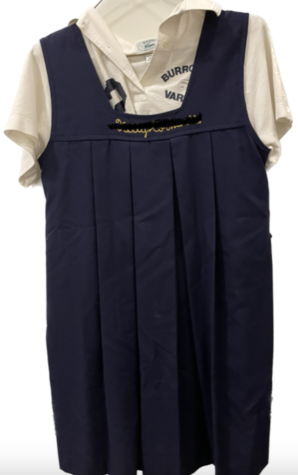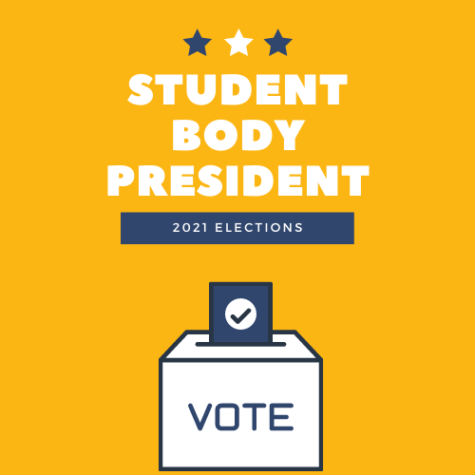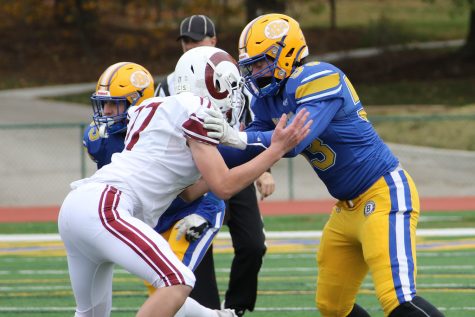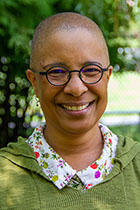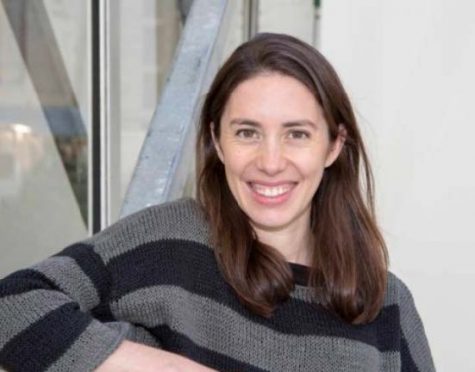Sustainability in STL
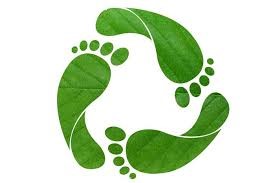
March 11, 2020
We’ve seen the Instagram stories lately: the Amazon is on fire; European students are striking instead of going to school, and you had better put down that plastic straw before the VSCO g1r’ls come for you. But what is happening here in St. Louis? Has our landlocked location and protective fields of soybeans and corn hidden from us the effects of rising sea levels, drought, and pollution?
In the city of St. Louis, extensive research has gone into creating the Climate Action & Adaptation Plan, led by Burroughs almuna Catherine Werner (‘81). Using methods such as reducing emissions from coal fired power plants and increasing the availability of clean energy, the plan aims to achieve the goal set by Mayor Lyda Krewson to make St. Louis City entirely carbon neutral by 2050. Carbon—WHAT?
Going “carbon neutral” refers to achieving net zero carbon dioxide emissions by balancing carbon emissions with carbon removal or simply eliminating carbon emissions altogether. According to the United Nations Intergovernmental Panel on Climate Change (IPCC), the world must reach carbon neutrality by 2050, to avoid reaching an ecological tipping point that would have catastrophic consequences.
With only 3% of the city’s emissions coming from controllable government utilities, the other 97% of emissions is left for the community to reduce. How can the average person reduce their own emissions? Is it even worth it when most emissions are coming from the large, smoke-spewing oil and gas companies?
 Werner, who has served as St. Louis’s first-ever Sustainability Director since 2009 and spearheaded the new plan, said the “Carbon Handprint program is one tool that the average consumer can utilize to reduce their negative impact on the environment. The opposite of the idea of a “carbon footprint,” which measures your negative impact on the planet, the Carbon Handprint plan emphasizes “the positive things you’re doing, and can be doing —your carbon handprint, your helping hand, what you can do to help the environment,” said Werner.
Werner, who has served as St. Louis’s first-ever Sustainability Director since 2009 and spearheaded the new plan, said the “Carbon Handprint program is one tool that the average consumer can utilize to reduce their negative impact on the environment. The opposite of the idea of a “carbon footprint,” which measures your negative impact on the planet, the Carbon Handprint plan emphasizes “the positive things you’re doing, and can be doing —your carbon handprint, your helping hand, what you can do to help the environment,” said Werner.
The “Carbon Handprint” is the city of St. Louis’ designed program to make it easy for people to be more sustainable. It functions as a chart with two versions: one for climate actions people can take in their homes, and the other for taking climate action in a workplace or commercial context. There are different categories of energy use in line with the Climate Action & Adaptation Plan mitigation goals, such as “Build an Energy Eflicient City,” or “Protect Natural Resources and Green Spaces,” and in each category, actions people can take to reduce their impact on the environment are scaled up progressively. Werner describes it as a “spectrum of good things that you can be doing, then better things you can be doing, and the best things that you can be doing.” An example of a “Good” low-cost action you can take is “Unplug or turn off appliances, lights and electronics when not in use. Replace incandescent light bulbs with LED light bulbs;” a “Better” action to take would be “Conduct a home energy audit to determine additional opportunities to save energy,” a “Best” would be “Use ENERGY STAR certified refrigerators, washing machines and other appliances.”
Ultimately, a transition to clean energy is needed to permanently cut emissions. The energy company Ameren is responsible for providing 10,200 megawatts of energy to residential and commercial areas all over Missouri, including Burroughs, which they source heavily from coal-fired and natural gas facilities. Now, the company is starting to offer renewable energy sourcing, such as solar and wind power, with their Community Solar plan. This plan is fully subscribed to, but Werner says, “the more we demand [clean energy], the more they will start replacing those fossil fiiel sources with cleaner energy.” As more consumers push for clean energy options, corporations will be forced to provide that clean energy in larger amounts. 
